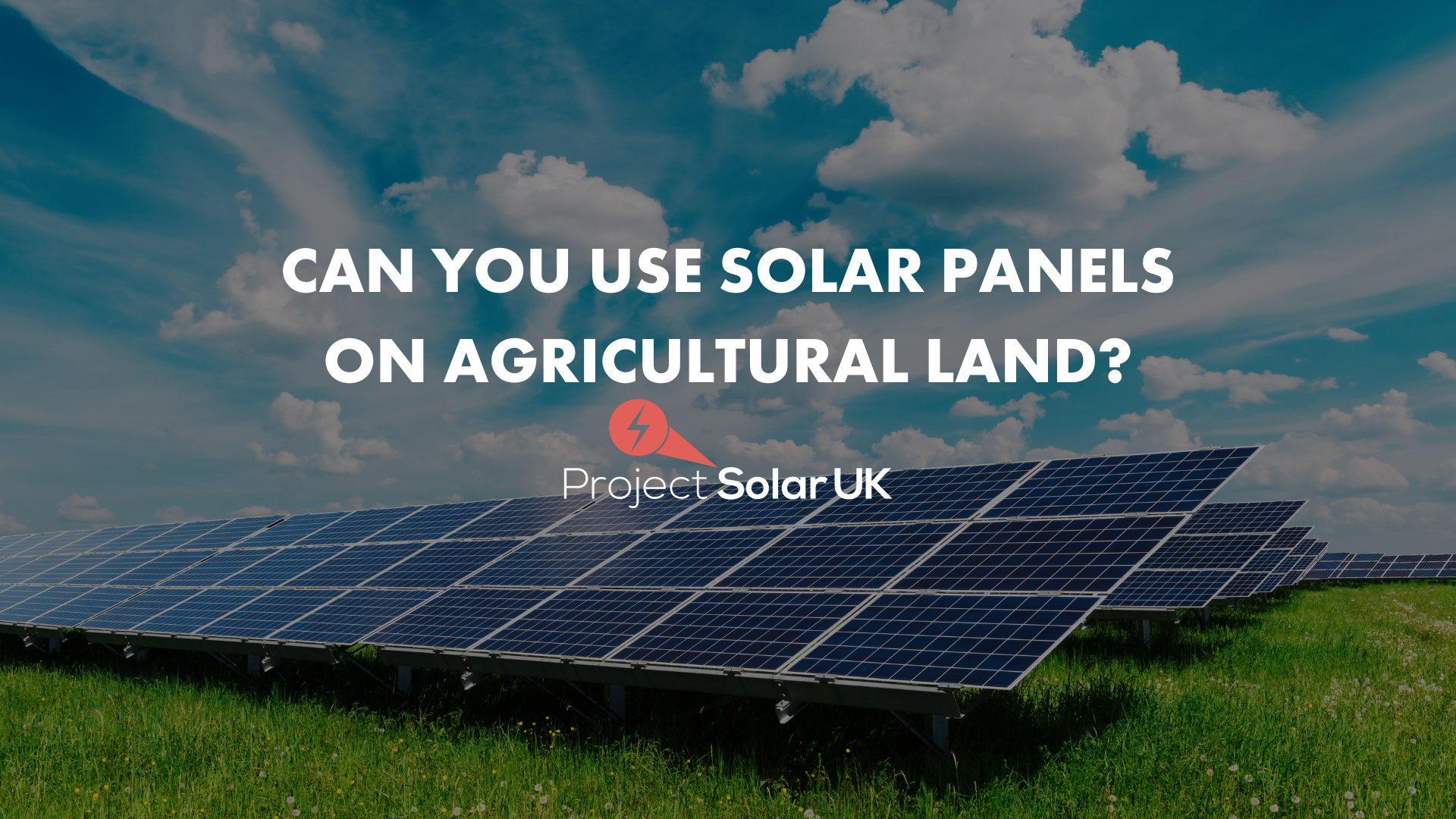As environmental concerns continue to dominate global discussions, the United Kingdom is increasingly focusing on renewable energy solutions, particularly solar power. The idea of integrating solar panels into agricultural landscapes has sparked both interest and debate. While some view this as an innovative approach to sustainable energy production, others question whether such initiatives could potentially disrupt traditional farming practices. In this article, we’ll explore the feasibility of deploying solar panels on agricultural lands and examine the potential impacts on both the environment and farmers. One of the most significant considerations when evaluating the use of solar panels on farmland is the balance between energy production and food security. Many argue that solar farms could coexist harmoniously with agriculture by adopting dual-purpose strategies, such as raising livestock beneath elevated panels or planting crops between rows. These approaches aim to maximize land utility without compromising agricultural output. However, there are still challenges to overcome, including regulatory hurdles and public perception. For instance, securing permissions can be complex, especially if the land in question is classified as protected or culturally significant. Additionally, there’s often skepticism regarding the compatibility of solar installations with farming activities due to concerns about lost arable space. Yet, recent studies suggest these fears may be unfounded. Agrivoltaics—a concept blending agriculture and photovoltaics—has shown promising results, demonstrating that solar farms can enhance biodiversity and even improve crop yields through regulated microclimates created by the panels. Moreover, there are clear economic incentives for farmers who embrace solar technologies. By generating their own electricity, they can reduce reliance on fluctuating energy markets and lower operational costs. Furthermore, solar installations often qualify for tax breaks and subsidies, adding financial stability to rural economies. It’s worth noting that despite rapid growth, solar farms currently occupy less than 0.1% of UK farmland, leaving ample room for expansion without threatening food supplies. Despite these advantages, critics remain wary of long-term ecological consequences. They worry about habitat fragmentation and soil degradation caused by construction activities. Nevertheless, forward-thinking developers are addressing these issues head-on by implementing green design principles, ensuring minimal disruption during installation phases and promoting rewilding efforts post-construction. In conclusion, while placing solar panels on agricultural lands presents certain risks, it also offers substantial opportunities for advancing sustainability goals while supporting rural livelihoods. As technological advancements continue to refine agrivoltaic systems, we can anticipate seeing more collaborative projects emerge that benefit both humanity and nature alike. If you’re curious about how solar energy might fit into your property plans—or need assistance navigating related regulations—don’t hesitate to reach out to experts like those at Project Solar. Together, let’s pave the way toward a brighter future powered by clean energy! Secondary Air Injection Pump,Smog Air Pump For Car,Air Injection Pump,Air Injection System Suzhou Barjon Auto Parts Co.,Ltd , https://www.cn-barjon.com